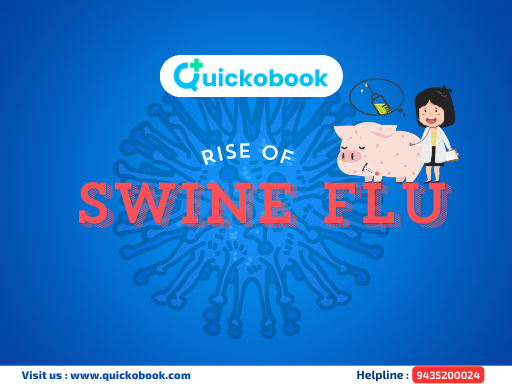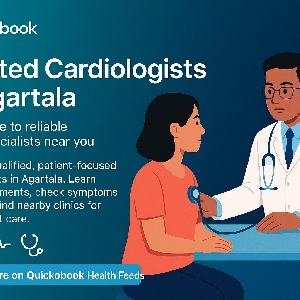Is it a new Pandemic?
The recent rise in swine flu cases has been a concern for India, with thousands of cases reported in several states like Delhi, Punjab, Haryana, West Bengal, Maharashtra, Kerala, and even Tamil Nadu. As of July 2024, there have been 178 recorded deaths.
Swine influenza is an infection caused by several types of swine influenza viruses. Swine influenza virus (SIV) or swine-origin influenza virus (S-OIV) refers to any strain of the influenza family of viruses that is endemic in pigs.
Transmission of the virus from pigs to humans is rare and does not always lead to human illness, often resulting only in the production of antibodies in the blood. If transmission causes human illness, it is called a zoonotic swine flu. The person which has regular exposure to pigs are at an increased high risk of swine flu infections.
Swine flu outbreaks happen every two to three years but for this year, it has an early, more extensive and more frequent outbreak.
While August is the peak period for swine flu, this time it started as early as late June in Bengal. And a significant number of cases were severe, a pattern consistent across India.
This could be because of a change in weather conditions and the nature of the viral strain which changes every year.
What causes swine flu?
A virus causes swine flu (H1N1). It can spread from one person to another. When a person coughs or sneezes, the droplets go into the air. Which can infect other individuals near them, the people near the infected person when breathing the virus can enter their body through their nose. Even when the person near the infected individual touches the surface that is touched by the infected individual earlier and then directly touches their mouth, nose or eyes can also get infected.
The symptoms of swine flu are?
The symptoms of swine flu (H1N1) are similar to the symptoms of regular flu. After three to five days in contact with the flu, the symptoms start:
Symptoms may include
• Fever.
• Chills.
• Cough.
• Sore throat.
• Body or muscle aches.
• Headache.
• Fatigue.
Preventions
One possible way to prevent swine flu (H1N1) is to get an annual flu vaccine. The vaccine can help prevent against swine flu.
Some of the precautionary steps to prevent getting and spreading swine flu are :
• Cove the nose and mouth with the help of a handkerchief while sneezing or coughing.
• If someone doesn't have a tissue or handkerchief, better to sneeze or cough into their elbow.
• Washing hands with soap and water frequently.
• We should not touch our eyes, nose or mouth.
• Avoid contact with people who are sick.
• Staying home in case one is sick.
• It is advised not to share personal accessories such as cups, straws and utensils.
Read Also : The Importance Of Sleep For Mental And Physical Health
Is there any risk of relapse? Is it turning endemic in parts of India?
A patient could have a re-infection a year later, but a relapse is unlikely the same
year. However, the usual cyclical pattern of viral outbreaks is not being followed as evident from this year's cases. Frequent outbreaks point at swine flu becoming endemic to some states but we need further evidence.
Does a flu shot help?
It greatly reduces the chances of an infection and, like any other vaccine, it's a shield, especially for seniors that keeps infection
on the milder side.
How do you test for it? And when to go to a hospital?
Testing is expensive. So, instead of testing separately for H1N1, doctors consider an influenza A test range as standard. If there's a reasonable amount of suspicion, the doctors put the patient on swine flu drugs to cut out the risk. Those with fever and other flu symptoms should wear a mask and isolate themselves. If a high fever persists for five days or more, along with symptoms like severe body aches, nausea, cough, decreased appetite, nasal secretions and loss of mental alertness then the patient needs hospitalisation.
Studies show that swine flu infections can increase cardiac risks.
According to doctors:
Swine flu doesn't affect you directly, but those with an existing cardiac condition or severe comorbidities like diabetes or kidney ailments are at risk, especially, if the symptoms persist along with fever.
Should the patient be quarantined?
That's a must to prevent transmission, Once H1N1 strikes, there is a 30-40%
chance of other family members getting affected. Transmission happens in two ways - droplets through coughing and sneezing (air-borne) and by contact with
the patient's clothes (fomite transmission). Tamiflu is used for those in hospital, but the majority can be managed with treatment at home. Senior
citizens and those with multiple
comorbidities are at a greater risk.









Comments (0)
No comments yet. Be the first to share your thoughts!
Leave a Comment